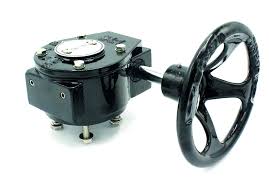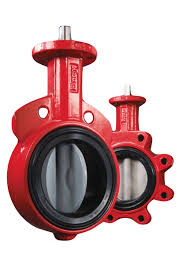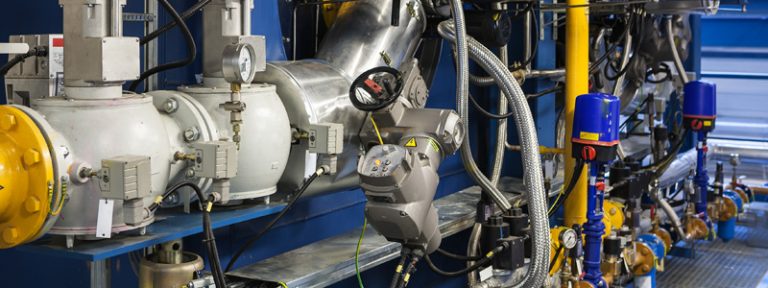12 inch Butterfly Valve

The Application of 12″ Butterfly Valve
The 12″ Butterfly Valve, a cornerstone in fluid control, offers versatility and efficiency. Whether it’s a 1/2 butterfly valve, electric butterfly valve, or lugged butterfly valve, Cameron’s expertise ensures top-notch performance.
Crafted with precision and durability, the 12 inch butterfly valve boasts resilience and reliability, complemented by features like a butterfly check valve mechanism. Cameron’s commitment to excellence shines through innovations like butterfly valve seat technology and the use of materials like A350 LF2.
Available in various sizes, including 12″, it caters to diverse applications across industries. From oil and gas to water treatment, Cameron’s butterfly valve size range ensures seamless operations. Trust Cameron for quality and reliability in fluid control solutions.
Features of 12 Inch Butterfly Valve:
- ZECO 12 inch butterfly valve has no dead zone design;
- ZECO 12 inch butterfly valve has live loaded packing system design;
- ZECO 12 inch butterfly valve has fire protection structure design;
- ZECO 12 inch butterfly valve has double safety sealing design.
The Parameter of 12″ Butterfly Valve
- Valve Size: 12 inches, suitable for large-scale industrial applications.
- Pressure Rating: Typically ANSI 150 or ANSI 300, ensuring compatibility with various pressure levels.
- Temperature Range: Standard operating temperature ranges from -20°C to 200°C (-4°F to 392°F), suitable for most industrial environments.
- Body Material: Constructed from robust materials such as stainless steel, carbon steel, or ductile iron.
- Disc Material: Made of corrosion-resistant materials like stainless steel or ductile iron for durability.
- Seat Material: Utilizes resilient materials like EPDM or PTFE for reliable sealing and longevity.
- Actuation Type: Compatible with manual, pneumatic, or electric actuators for flexible operation.
- End Connection: Available with flanged, wafer, or lug end connections for easy installation.
- Leakage Rate: Engineered to meet industry standards for minimal leakage, ensuring efficient operation.
- Fire Safety: May feature fireproof seat design and metal-to-metal seals to withstand high temperatures.
- Compliance: Complies with industry standards such as API, ANSI, and ISO for quality assurance.
- Maintenance: Designed for easy maintenance with features like replaceable seats and seals, reducing downtime.
- Accessories: Compatible with various accessories like positioners, limit switches, and actuators for enhanced functionality.
The Operation Theory of 12″ Butterfly Valve
The operation theory of a 12″ Butterfly Valve involves regulating fluid flow through a rotating disc. This design, similar to a 16 butterfly valve, enables precise control in various applications. With 3 butterfly valves, including AWWA butterfly valve and butterfly flange valve, it ensures efficient flow management. As the disc rotates perpendicular to the flow direction, it opens or closes, allowing or restricting fluid passage. This mechanism, coupled with robust construction, ensures reliable performance in industrial settings.

The Parameters Table of 12″ Butterfly Valve
| Parameter | Description |
|---|---|
| Valve Size | 12 inches |
| Pressure Rating | ANSI 150, ANSI 300, etc. |
| Temperature Range | -20°C to 200°C (-4°F to 392°F) |
| Body Material | Stainless steel, carbon steel, ductile iron |
| Disc Material | Stainless steel, ductile iron, aluminum |
| Seat Material | EPDM, PTFE, metal-to-metal |
| Actuation Type | Manual, pneumatic, electric |
| End Connection | Flanged, wafer, lug |
| Leakage Rate | Meets or exceeds industry standards |
| Fire Safety | Fireproof seat design, metal-to-metal seals |
| Compliance | API, ANSI, ISO |
| Maintenance | Replaceable seats and seals for easy upkeep |
| Accessories | Compatible with various actuators, limit switches |
Relevant Information about 12″ Butterfly Valve
- Rotor: The rotor is the part of the valve that rotates to open or close the flow path. In a butterfly valve, it’s the disc that pivots.
- Stator: The stator is the stationary part of the valve, typically consisting of the valve body and seat. It provides support and creates a sealing surface for the rotor.
- Universal Joint: The universal joint connects the actuator to the valve shaft, allowing for rotational movement. It ensures that the motion from the actuator is accurately transmitted to the valve.
- Shaft Seal: The shaft seal prevents leakage along the valve shaft where it passes through the valve body. It’s crucial for maintaining the integrity of the valve and preventing fluid loss.
- Driving System: The driving system includes the actuator and associated mechanisms that provide the force to operate the valve. It can be manual, pneumatic, or electric, depending on the application requirements.
